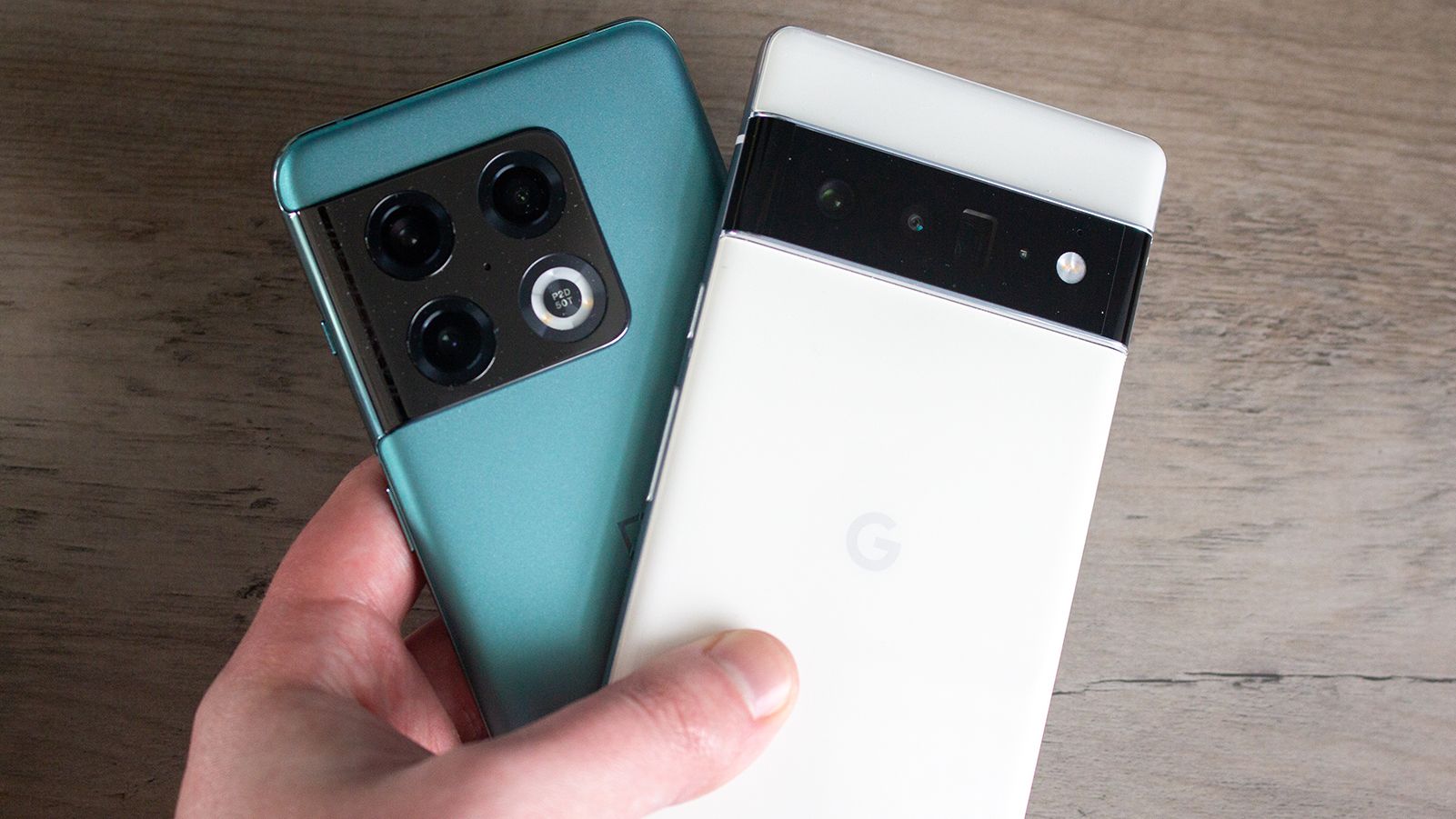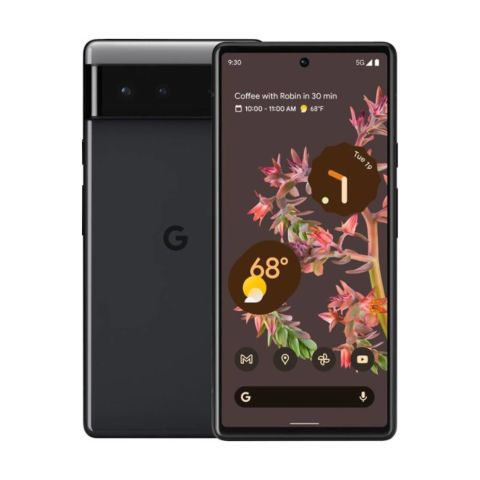Google and OnePlus have each made headlines with their latest flagships, the Pixel 6 Pro and OnePlus 10 Pro. Both offer high-end specs, premium designs, and very similar feature sets. They also both start at $899, pitting them neck-and-neck in the increasingly competitive smartphone market.
Because the Pixel 6 Pro and OnePlus 10 Pro seem similar on the surface, comparing the two can be tricky if you want to know which is better suited for your interests. Fortunately, we’ve tested both of these phones extensively, and are here to break down what makes each of them stand out and who they’re best for.
OnePlus 10 Pro vs. Google Pixel 6 Pro at a glance
 |
|
|
|---|---|---|
| display | 6.7-inch Fluid AMOLED, 120Hz, HDR10+, 1300nits (peak) | 6.71-inch AMOLED, 120Hz, HDR10+, 1100nits (peak) |
| processor | Qualcomm Snapdragon 8 Gen 1 | google tensor |
| RAM | 8GB | 12GB |
| Storage | 128GB | 128GB/256GB/512GB |
| cameras | 48MP f/1.8 wide, 8MP f/2.4 telephoto (3.3x optical zoom), 50MP f/2.2 ultra-wide (150-degrees), 32MP f/2.2 selfie | 50MP f/1.9 wide, 48MP f/3.5 telephoto (4x optical zoom), 12MP f/2.2 ultra-wide (114-degrees), 11.1MP f/2.2 selfie |
| Battery | 5,000mAh (65W SuperVOOC wired charging, 50W fast wireless charging) | 5,003mAh (30W fast wired charging, 23W fast wireless charging) |
| Software | OxygenOS 12 (based on Android 12) | android 12 |
| Price |
$899 |
$899 |
The OnePlus 10 Pro is slimmer, but the Pixel 6 Pro stands out with a unique design
The OnePlus 10 Pro has a large 6.7-inch display, making it one of the taller smartphones you can buy. However, its 20:9 aspect ratio makes the phone a bit slimmer than other flagships, and in our OnePlus 10 Pro review, we found that this makes it more comfortable to use in one hand. This compares to the slightly wider Pixel 6 Pro which uses a 19.5:9 aspect ratio for its 6.71-inch panel. While it’s by no means a compact phone, the 10 Pro is at least the better option if you value a device that fits better in your hand.
With that being said, anyone looking to stand out from the crowd will find the Pixel 6 Pro does just that. Its squared-off corners and larger rear camera bar are unlike many of the phones on the market today, while its two-tone colorways like Sorta Sunny, Stormy Black and Cloudy White offer a unique look. It’s a clear departure from the rounded corners, rectangular camera bump, and single-tone colorways of the OnePlus 10 Pro.
TL;DR The OnePlus 10 Pro is easier to grip, but the Pixel 6 Pro has a more compelling design.
Displays are great on both phones, but the OnePlus 10 Pro is brighter

Both the Pixel 6 Pro and OnePlus 10 Pro have great displays. They each use AMOLED panels for inky blacks and punchy colors, 120Hz refresh rates for extra smoothness, and 1440p resolutions for crisp text and images. I played the Doctor Strange and the Multiverse of Madness trailer on both of them side-by-side, and their differences were virtually indiscernible. You really can’t go wrong with either of them.
Where they differ slightly is in the brightness department, as the OnePlus 10 Pro is capable of reaching up to 1300 nits when playing HDR content. Meanwhile, the Pixel 6 Pro can reach up to about 1100 nits when viewing content in HDR. The 10 Pro is also a bit better at auto-brightness, with the phone able to adjust to rapidly-changing lighting conditions better than the Pixel. These differences are a bit hard to notice day-by-day, but in extreme conditions like direct sunlight, having extra brightness is always helpful — and the OnePlus 10 Pro gives that to you.
TL;DR: Both devices have exceptional displays with bright colors and stunning contrast, but if you need extra brightness, the OnePlus 10 Pro is the one to get.
Performance is similar between both phones
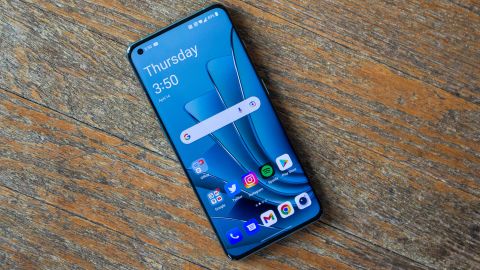
If you picked up the OnePlus 10 Pro and Pixel 6 Pro without knowing their specs, you’d be hard pressed to find any real difference in performance. That’s because both are excellent performers with enough power to carry every kind of workload.
The devices vary when it comes to specs, with the OnePlus 10 Pro shipping with Qualcomm’s latest Snapdragon 8 Gen 1 processor and the Pixel 6 Pro Google’s in-house Tensor SoC. The former comes with 8GB of RAM, while the latter has a bit of extra head room with 12GB. They also come with 128GB of storage by default.
In our testing, we couldn’t find any significant speed differences between the phones. Apps are quick to load, animations are slick, multitasking is a breeze, and heavier tasks like playing graphics-intensive games handle themselves well. Even their Geekbench scores are similar: the Pixel 6 Pro earned 1046 on single-core and 2923 on multi-core, while the OnePlus 10 Pro got 987 on single-core and 3264 on multi-core.
TL;DR: Both phones offer solid performance with enough RAM and storage to handle any task you throw at them.
Battery life is similar, but the OnePlus 10 Pro wins on charging
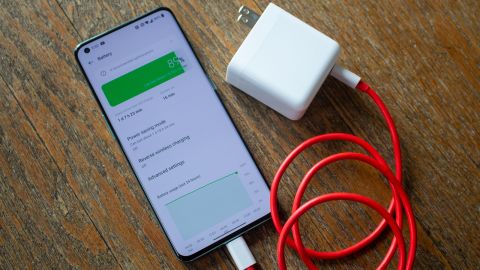
We also found battery life to be similar between the phones. The OnePlus 10 Pro and Pixel 6 Pro each lasted a full day on a charge with not much left in the tank afterward, and they have similarly sized batteries at 5,000mAh versus 5,003mAh.
OnePlus has a significant edge in recharging, however, with its included 65W SuperVOOC fast charger. For comparison, the Pixel 6 Pro only supports up to 30W charging, and you have to buy the supported charging brick separately. What’s more, the 10 Pro offers 50W fast wireless charging while the Pixel is stuck with 23W.
In day-to-day usage, this makes a huge difference. Whereas the Pixel 6 Pro goes from zero to 100 percent in over an hour using wired charging, the OnePlus 10 achieves the same feat in just 38 minutes. If you find yourself recharging throughout the day, you’ll appreciate the 10 Pro that much more.
TL;DR The Pixel 6 Pro and OnePlus 10 Pro offer virtually the same all-day endurance, but OnePlus manages to take the crown with its excellent (and speedy) 65W wired charging.
The Pixel 6 Pro trumps OnePlus on software

Google has been the king of Android software experiences for years, and it continues to wear the crown when compared to the OnePlus 10 Pro. In our review, we found the 10 Pro’s version of OxygenOS to feel far more bloated than previous versions, with janky -Feeling animations and a heavy skin atop Android 12. The entire experience feels like it took a few steps down in quality, which is quite the shame.
On the contrary, the Pixel 6 Pro continues to thrive just as any Pixel does. Google’s superb software experience is silky smooth, the iconography is clean and minimal, and apps generally feel snappier and are better supported.
The Pixel is also smarter than OnePlus’ offering, with useful features such as Now Playing (a song identifier built into the lock screen), Call Screening (advanced caller ID powered by the Assistant), and Magic Eraser (the ability to remove unwanted objects and subjects from photos using AI).
Plus, the Pixel 6 Pro will be first in line for any major Android upgrades Google ships down the line. That means you’ll get this summer’s Android 13 release much sooner on the Pixel than you would on the OnePlus 10 Pro. Overall, if you value software quality, the Pixel is the phone to get.
TL;DR The Pixel 6 Pro offers a superior software experience and guaranteed access day-one Android updates.
Pixel 6 Pro wins in camera quality, while the OnePlus 10 Pro has more versatile controls
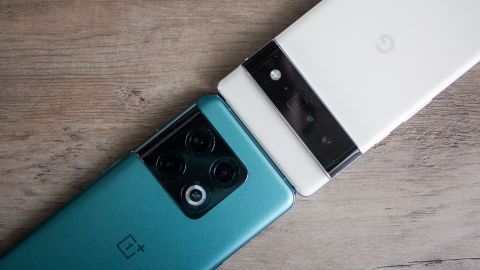
The OnePlus 10 Pro is one of the few flagship smartphones that can’t keep up with its competitors in the camera department. That’s especially true when comparing it to the Pixel 6 Pro which continues to be one of the best on the market.
With its 50MP main sensor, 48MP 4x telephoto sensor, and 12MP ultra-wide, the Pixel 6 Pro is capable of taking amazing photos. Colors are vibrant and contrast is tuned to perfection, as is typical with Google’s HDR processing. What’s more, nighttime photography remains one of the strongest selling points of the Pixel, so anyone who takes a lot of pictures at night should consider what Google’s offering.
The OnePlus 10 Pro’s camera system isn’t necessarily bad, but it can’t hold a candle to the Pixel. Its 48MP main, 8MP 3.3x telephoto, and 50MP ultra-wide lenses take good photographs in well-lit environments, but things tend to fall apart once that lighting begins to fade. Processing feels a bit janky, with colors oftentimes represented inaccurately and exposure feeling a bit overdone.
Where OnePlus has an advantage over Google is in camera controls. The Pixel 6 Pro’s interface is very basic, with only a handful of controls available like exposure and zoom to lock in the photo you want to take before tapping the shutter button. Meanwhile, the 10 Pro ships with a full Pro shooting mode powered by Hasselblad, giving you much more granular control over the image you capture.
TL;DR While OnePlus delivers a fantastic array of manual camera controls on the 10 Pro, Google takes the cake when it comes to overall quality of photos and videos with the Pixel 6 Pro.
bottom line
Both of these phones are solid flagships, but vary pretty greatly in certain areas. Anyone shopping for a phone with excellent cameras, great software, and a unique design with bold colors should look no further than the Pixel 6 Pro. Others who might prefer a sleeker design, more versatile camera controls, and lightning-fast charging should check out the OnePlus 10 Pro.
.
